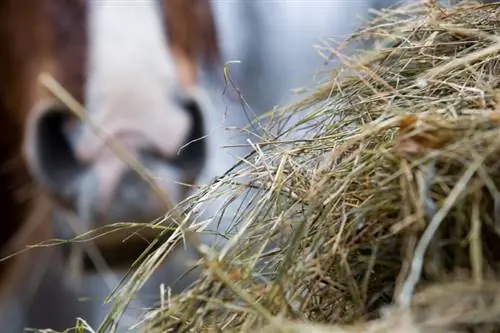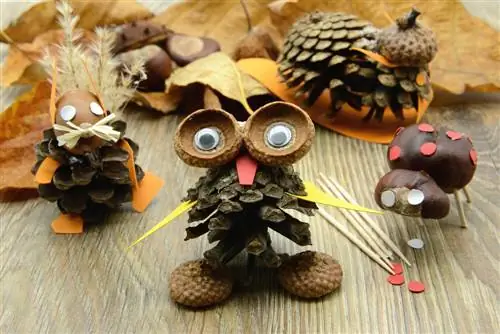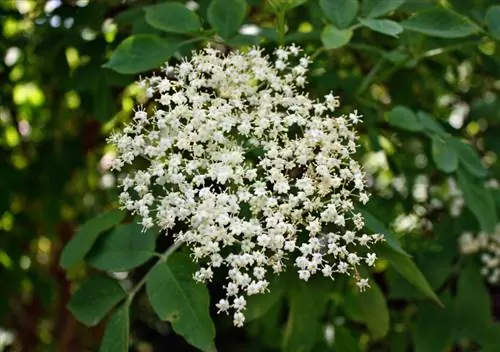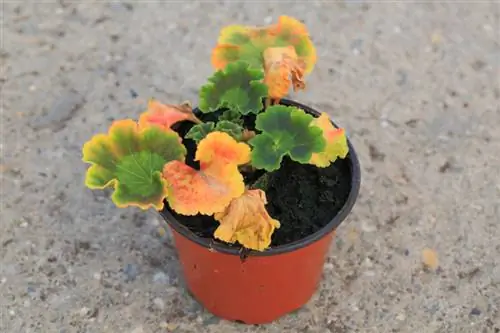- Author admin [email protected].
- Public 2023-12-16 16:46.
- Last modified 2025-01-23 11:20.
Scallop ragwort poses a danger to livestock not only on the pasture. The plant's toxins are also retained when dried in hay or silage and endanger the he alth of the animals.
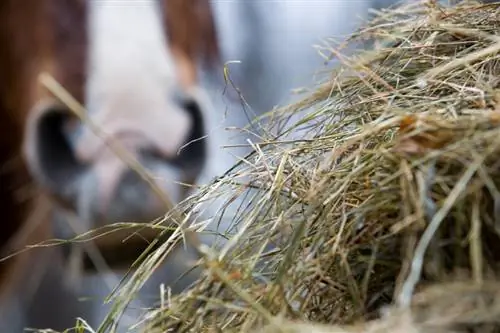
How can you recognize ragwort in hay?
Identifying ragwort in hay is difficult because dried stems appear pale green or brownish and lose their characteristic smell. When dried, the leaves resemble dandelion leaves and crumble easily, making them difficult to identify.
Scarfwort on the rise
Unfortunately, the herb is spreading very widely in naturally cultivated areas. Late hay harvests cause the flowers of the ragwort to ripen and produce up to 150,000 seeds per plant. When dried in the hay, animals are no longer able to recognize the poisonous herb and eat it innocently. If hay containing ragwort is fed regularly, it accumulates in the liver and cumulatively poisons the organ.
The groundsel in the hay
The dried ragwort changes the color of the stem and leaves so that it is almost impossible to define. Sometimes the stems retain their purple color, but often the dried stem is pale green or brownish. Since the leaves of the ragwort resemble dandelion leaves in their dried form, identification is extremely difficult. In addition, the fine leaves crumble in the hay and can no longer be identified.
Fighting ragwort
If the pasture areas are only poorly interspersed, you should dig up the plants with the entire roots before mowing the meadow and dispose of them. It is important to carry out this measure before flowering so that the plant cannot continue to seed. The resulting gaps must be re-sown to prevent ragwort from re-establishing.
Tip
Since horses are particularly sensitive to the toxic substances of ragwort, you should definitely pay attention to the quality of the hay. There are now hay suppliers who consistently control their areas and can therefore guarantee very high feed quality.

